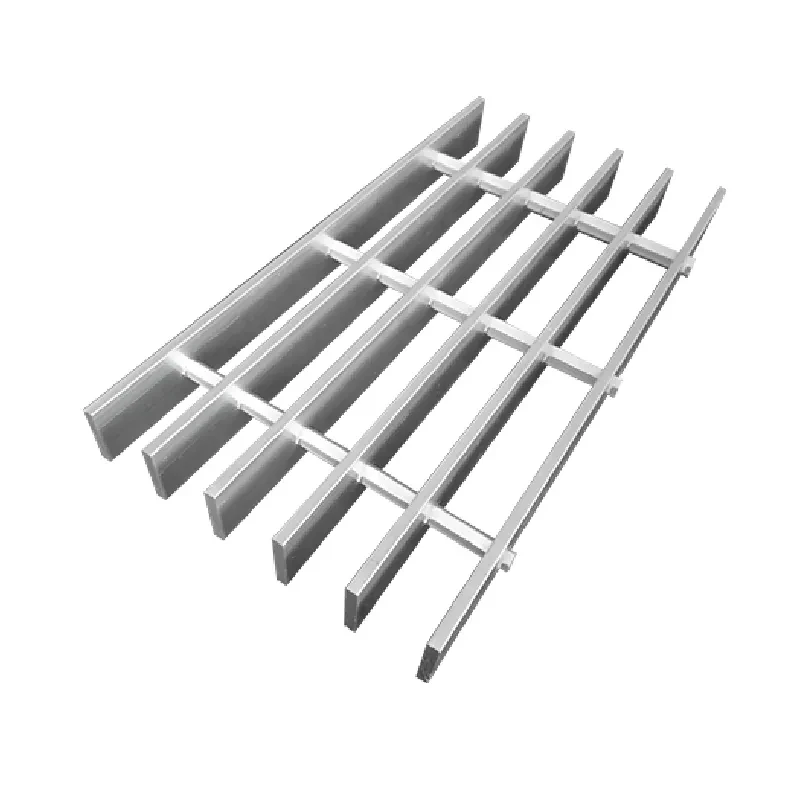- Industrial zone, South of Anping Town, Hengshui, Hebei, China.
- sales@hfpetromesh.com
- +86-18931809706
 Afrikaans
Afrikaans  Albanian
Albanian  Amharic
Amharic  Arabic
Arabic  Armenian
Armenian  Azerbaijani
Azerbaijani  Basque
Basque  Belarusian
Belarusian  Bengali
Bengali  Bosnian
Bosnian  Bulgarian
Bulgarian  Catalan
Catalan  Cebuano
Cebuano  Corsican
Corsican  Croatian
Croatian  Czech
Czech  Danish
Danish  Dutch
Dutch  English
English  Esperanto
Esperanto  Estonian
Estonian  Finnish
Finnish  French
French  Frisian
Frisian  Galician
Galician  Georgian
Georgian  German
German  Greek
Greek  Gujarati
Gujarati  Haitian Creole
Haitian Creole  hausa
hausa  hawaiian
hawaiian  Hebrew
Hebrew  Hindi
Hindi  Miao
Miao  Hungarian
Hungarian  Icelandic
Icelandic  igbo
igbo  Indonesian
Indonesian  irish
irish  Italian
Italian  Japanese
Japanese  Javanese
Javanese  Kannada
Kannada  kazakh
kazakh  Khmer
Khmer  Rwandese
Rwandese  Korean
Korean  Kurdish
Kurdish  Kyrgyz
Kyrgyz  Lao
Lao  Latin
Latin  Latvian
Latvian  Lithuanian
Lithuanian  Luxembourgish
Luxembourgish  Macedonian
Macedonian  Malgashi
Malgashi  Malay
Malay  Malayalam
Malayalam  Maltese
Maltese  Maori
Maori  Marathi
Marathi  Mongolian
Mongolian  Myanmar
Myanmar  Nepali
Nepali  Norwegian
Norwegian  Norwegian
Norwegian  Occitan
Occitan  Pashto
Pashto  Persian
Persian  Polish
Polish  Portuguese
Portuguese  Punjabi
Punjabi  Romanian
Romanian  Russian
Russian  Samoan
Samoan  Scottish Gaelic
Scottish Gaelic  Serbian
Serbian  Sesotho
Sesotho  Shona
Shona  Sindhi
Sindhi  Sinhala
Sinhala  Slovak
Slovak  Slovenian
Slovenian  Somali
Somali  Spanish
Spanish  Sundanese
Sundanese  Swahili
Swahili  Swedish
Swedish  Tagalog
Tagalog  Tajik
Tajik  Tamil
Tamil  Tatar
Tatar  Telugu
Telugu  Thai
Thai  Turkish
Turkish  Turkmen
Turkmen  Ukrainian
Ukrainian  Urdu
Urdu  Uighur
Uighur  Uzbek
Uzbek  Vietnamese
Vietnamese  Welsh
Welsh  Bantu
Bantu  Yiddish
Yiddish  Yoruba
Yoruba  Zulu
Zulu
- Afrikaans
- Albanian
- Amharic
- Arabic
- Armenian
- Azerbaijani
- Basque
- Belarusian
- Bengali
- Bosnian
- Bulgarian
- Catalan
- Cebuano
- Corsican
- Croatian
- Czech
- Danish
- Dutch
- English
- Esperanto
- Estonian
- Finnish
- French
- Frisian
- Galician
- Georgian
- German
- Greek
- Gujarati
- Haitian Creole
- hausa
- hawaiian
- Hebrew
- Hindi
- Miao
- Hungarian
- Icelandic
- igbo
- Indonesian
- irish
- Italian
- Japanese
- Javanese
- Kannada
- kazakh
- Khmer
- Rwandese
- Korean
- Kurdish
- Kyrgyz
- Lao
- Latin
- Latvian
- Lithuanian
- Luxembourgish
- Macedonian
- Malgashi
- Malay
- Malayalam
- Maltese
- Maori
- Marathi
- Mongolian
- Myanmar
- Nepali
- Norwegian
- Norwegian
- Occitan
- Pashto
- Persian
- Polish
- Portuguese
- Punjabi
- Romanian
- Russian
- Samoan
- Scottish Gaelic
- Serbian
- Sesotho
- Shona
- Sindhi
- Sinhala
- Slovak
- Slovenian
- Somali
- Spanish
- Sundanese
- Swahili
- Swedish
- Tagalog
- Tajik
- Tamil
- Tatar
- Telugu
- Thai
- Turkish
- Turkmen
- Ukrainian
- Urdu
- Uighur
- Uzbek
- Vietnamese
- Welsh
- Bantu
- Yiddish
- Yoruba
- Zulu
Premium Grating Stainless Steel Solutions
Understanding Grating in Stainless Steel Applications and Benefits
Stainless steel grating has become a crucial component in various industrial and commercial applications due to its unique properties and advantages. Grating refers to a structure consisting of a framework with openings, typically used to support loads while allowing for drainage, ventilation, and light passage. When constructed from stainless steel, it adds durability, resistance to corrosion, and aesthetic appeal to a wide array of environments.
Understanding Grating in Stainless Steel Applications and Benefits
Stainless steel grating is also exceptionally strong and can bear heavy loads, which is critical in industrial settings where safety and structural integrity are paramount. The design of stainless steel grating allows for various load-bearing configurations, ensuring that it can support equipment, personnel, and heavy vehicular traffic without bending or deforming. This strength makes it a popular choice for flooring, walkways, and platforms in factories and warehouses.
grating stainless

In addition to its strength and corrosion resistance, stainless steel grating is highly versatile. It can be fabricated in multiple styles, including welded, swaged, and press-locked designs, allowing for customization based on specific application needs. The different configurations enable designers to select grating that not only meets the load requirements but also fits the aesthetic considerations of a project. For example, open-bar grating is often used in public spaces and architectural designs for its clean lines and modern look.
Another critical aspect of stainless steel grating is its slip resistance. Many types of stainless steel grating come with surface treatments that enhance traction, thereby reducing the risk of slips and falls. This factor is particularly important in areas where water or oil may spill, ensuring safety for workers and pedestrians alike. The combination of safety, performance, and aesthetics makes stainless steel grating an ideal choice for a variety of high-traffic environments.
The environmental impact of using stainless steel grating is also noteworthy. Stainless steel is fully recyclable, posing no significant risk to the environment when disposed of at the end of its lifespan. This aligns with the increasing demand for sustainable materials in construction and industrial applications. Companies are increasingly prioritizing eco-friendly practices, and opting for stainless steel grating contributes to greener building initiatives.
In conclusion, stainless steel grating proves to be an indispensable material in many sectors, including construction, manufacturing, and transportation. Its combination of durability, strength, corrosion resistance, and aesthetic flexibility positions it as a superior choice for modern applications. As industries continue to innovate and look for reliable solutions, the popularity of stainless steel grating is poised to grow, reaffirming its status as a cornerstone material in building and infrastructure development. As we move towards a more sustainable future, the benefits of stainless steel grating will continue to play a pivotal role in shaping how we design and construct our environments.
-
Welded Steel Bar Grating: The Rugged Industrial Flooring Solution Built for Load and LongevityNewsJun.24,2025
-
Steel Walkway Grating: Reliable, Resilient, and Built for Every StepNewsJun.24,2025
-
Shale Shaker Screen for Sale: Optimize Drilling Efficiency with Precision Screening PowerNewsJun.24,2025
-
Shaker Screen for Sale: Elevate Your Drilling Efficiency with Durable Separation SolutionsNewsJun.24,2025
-
Press Locked Steel Grating: Industrial Strength with Precision Fit for Heavy-Duty ApplicationsNewsJun.24,2025
-
Perimeter Safety Netting: The Critical Safety Upgrade for Every HelipadNewsJun.24,2025